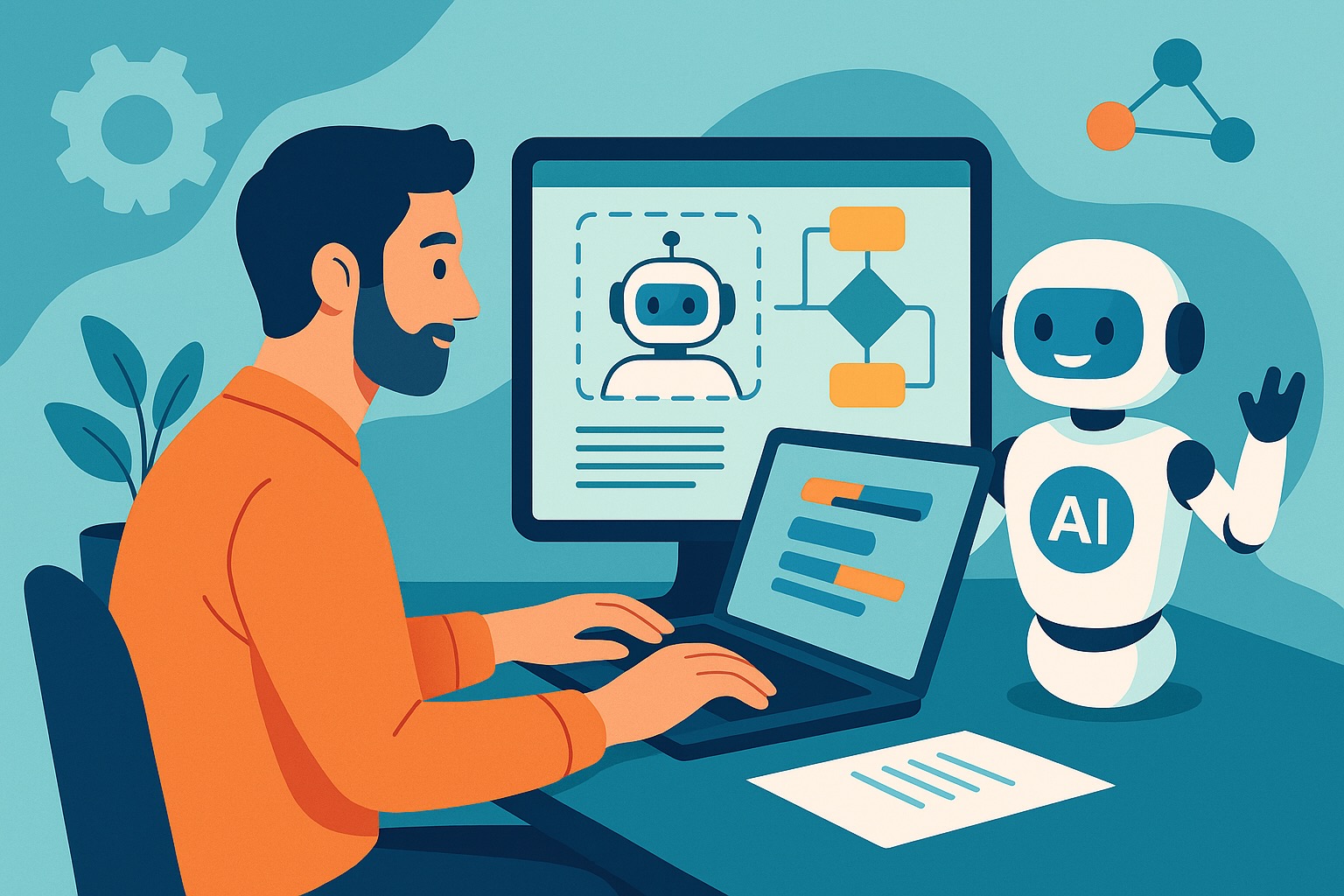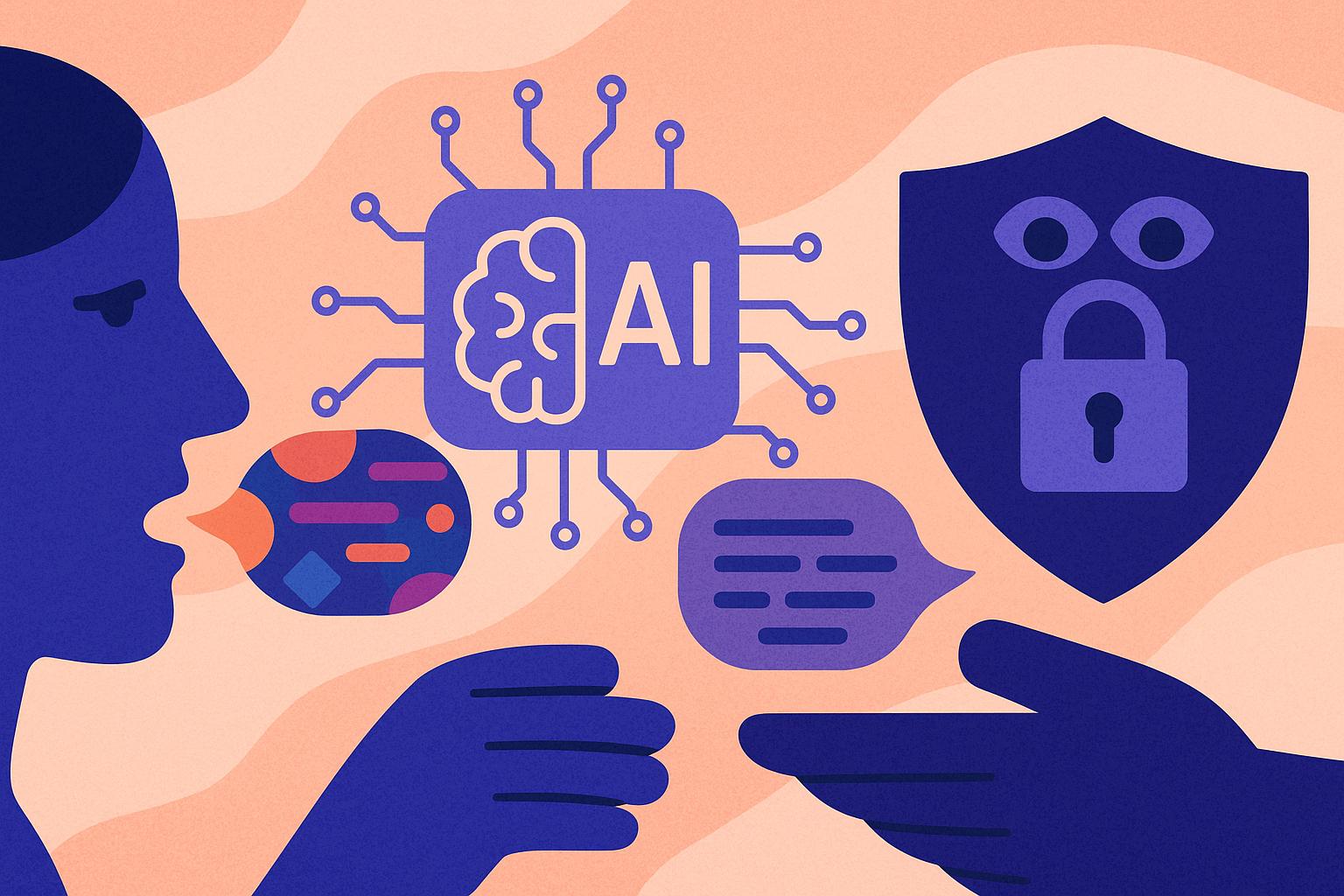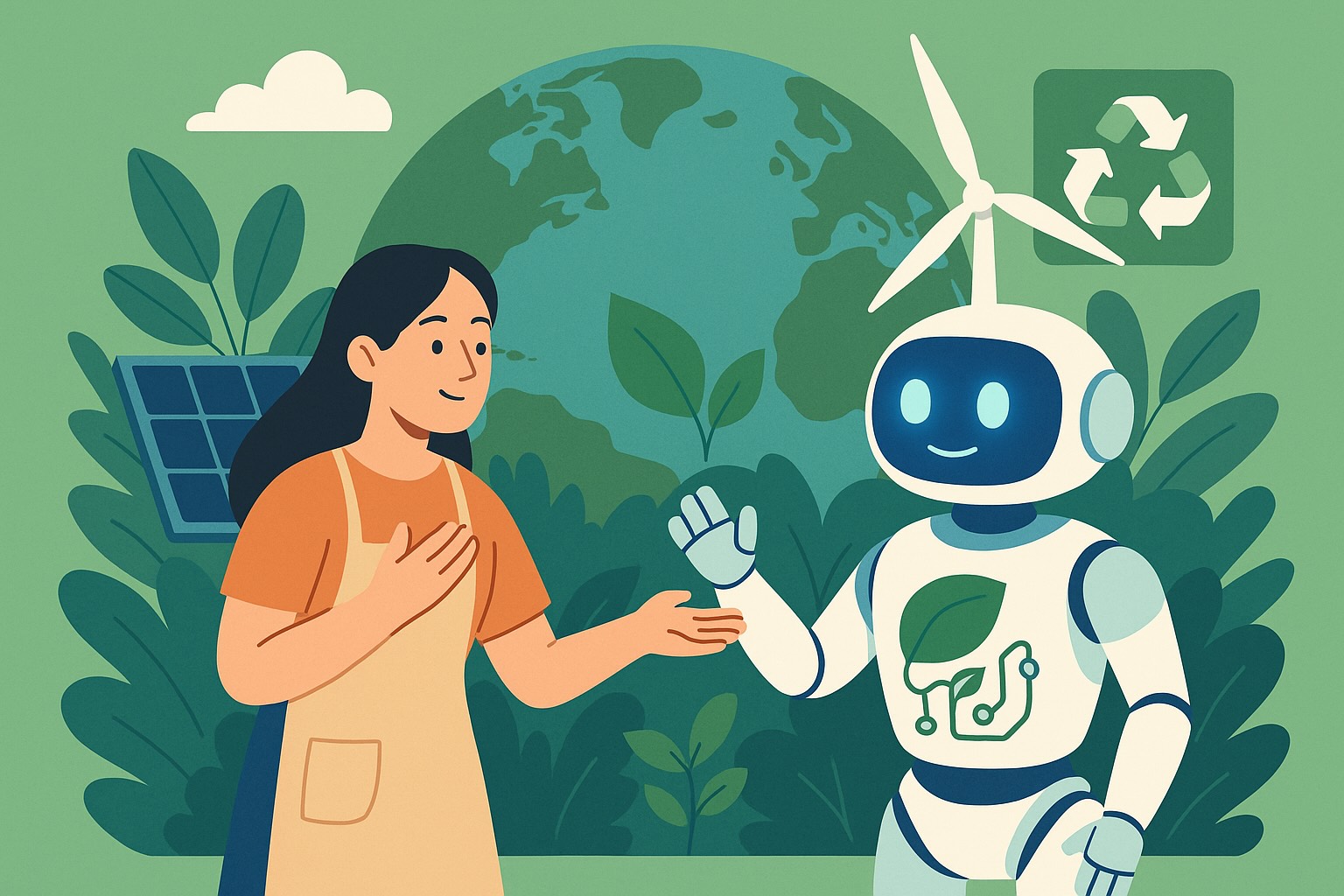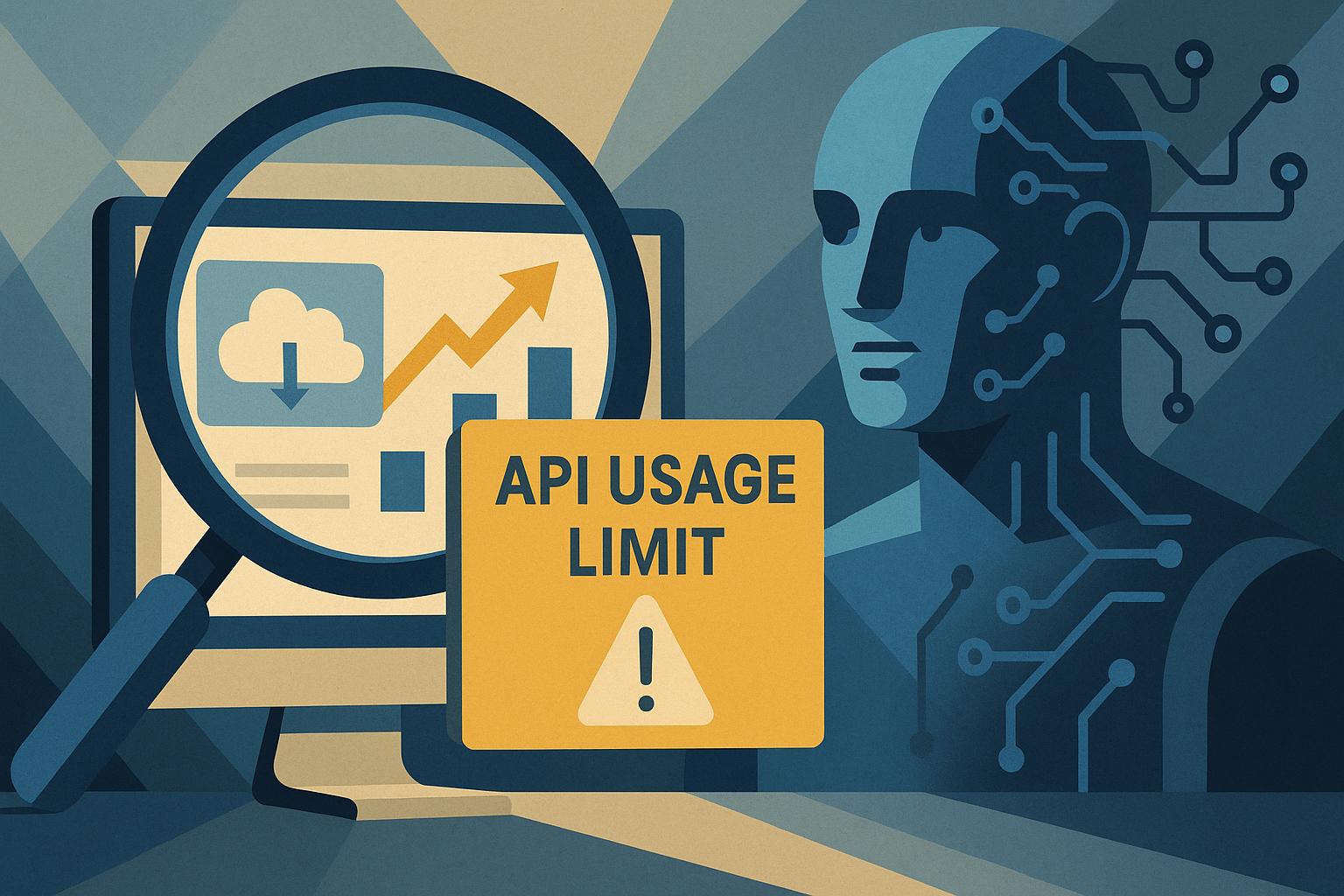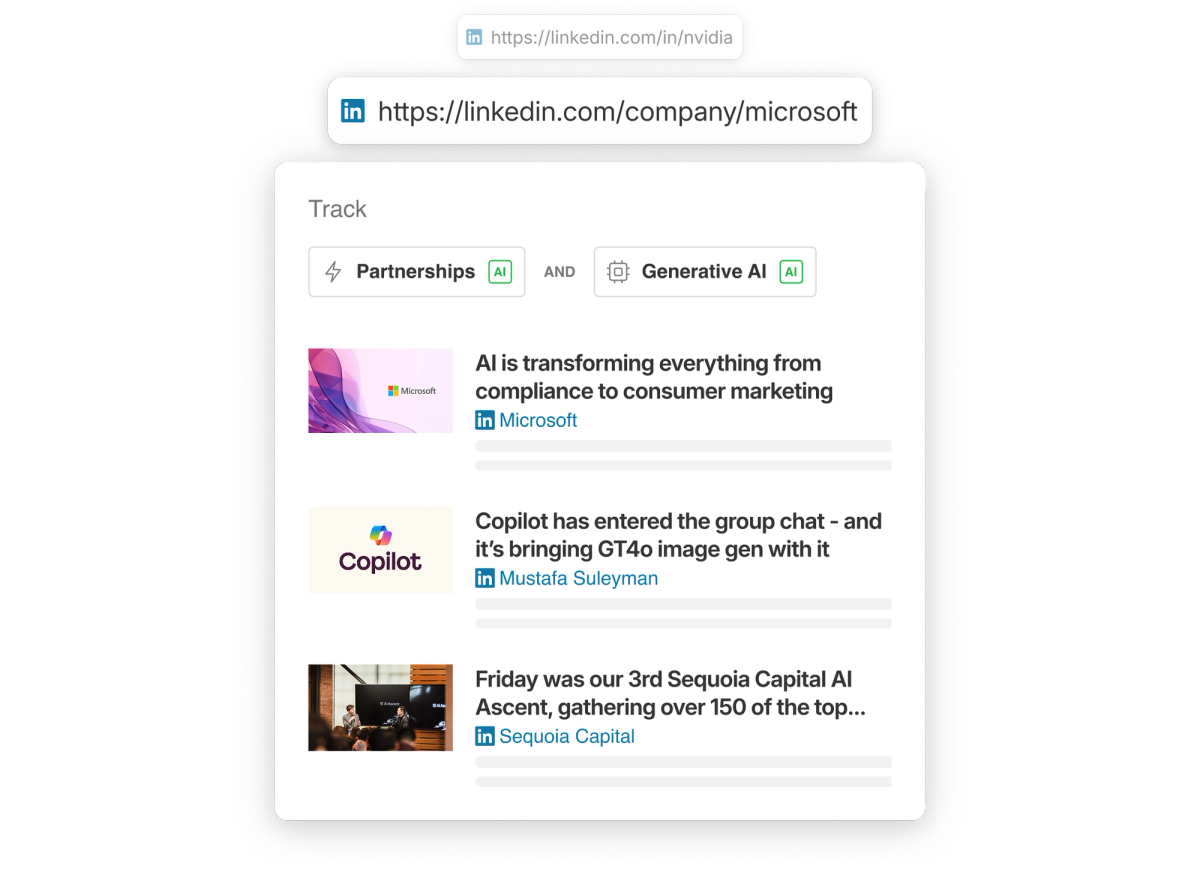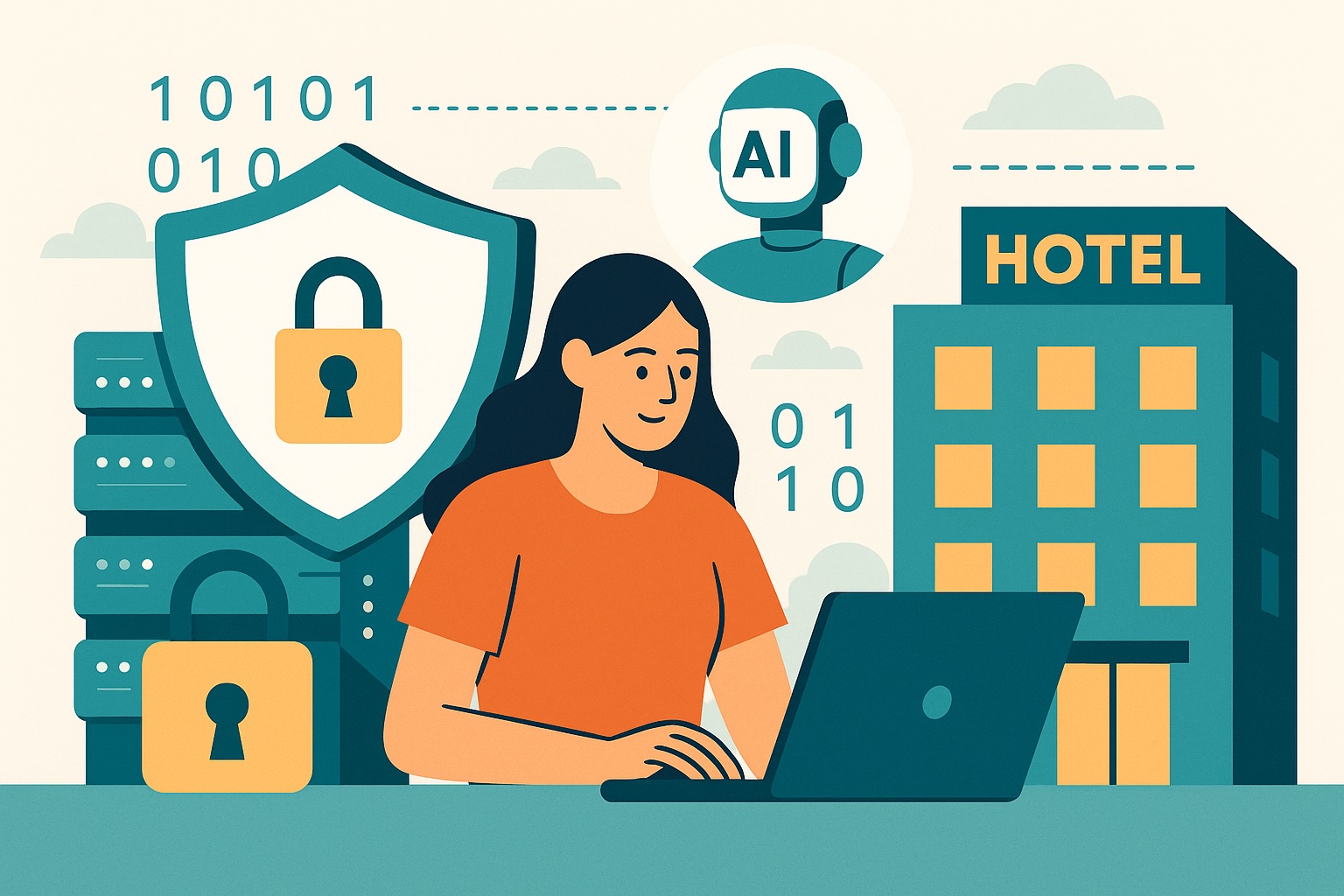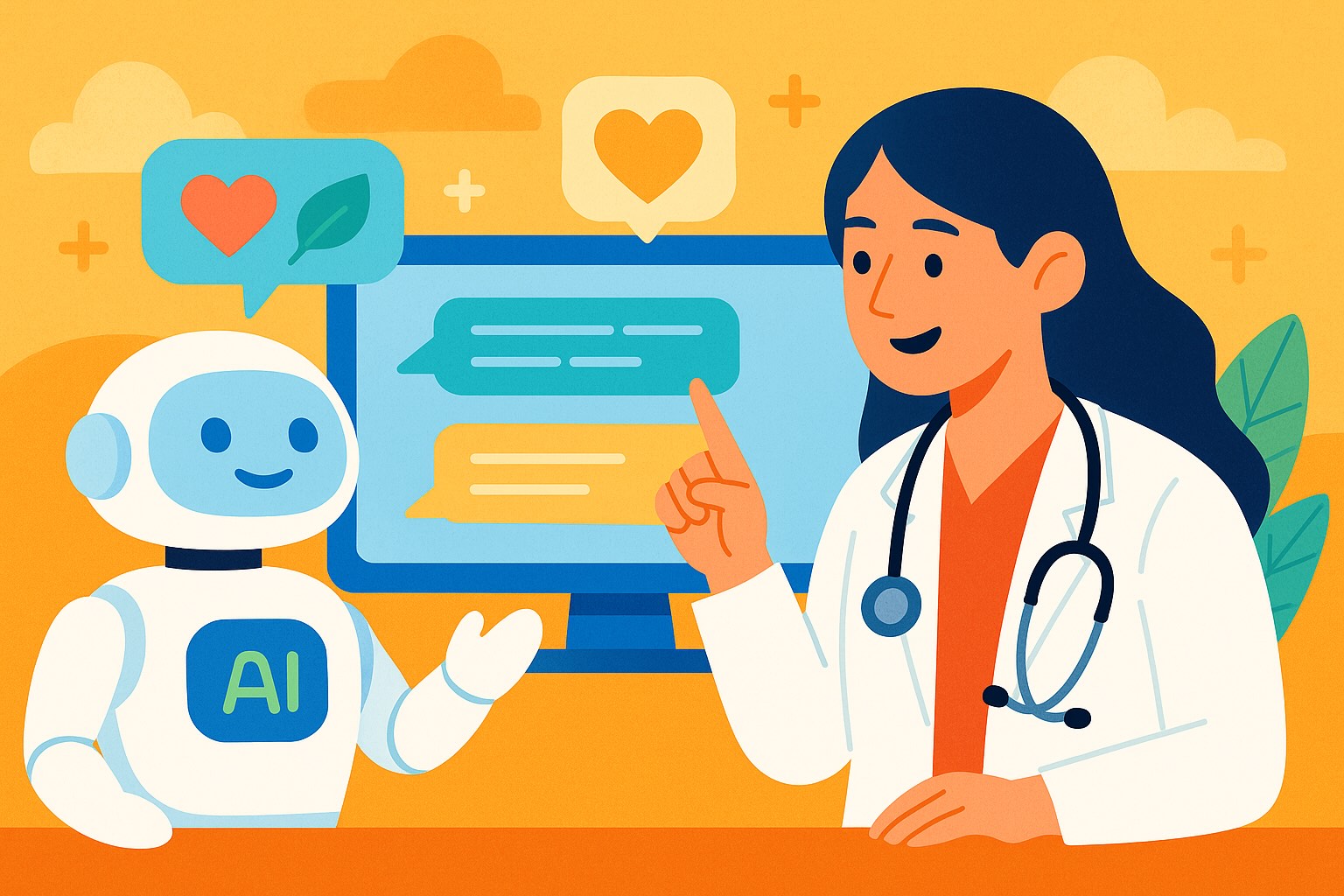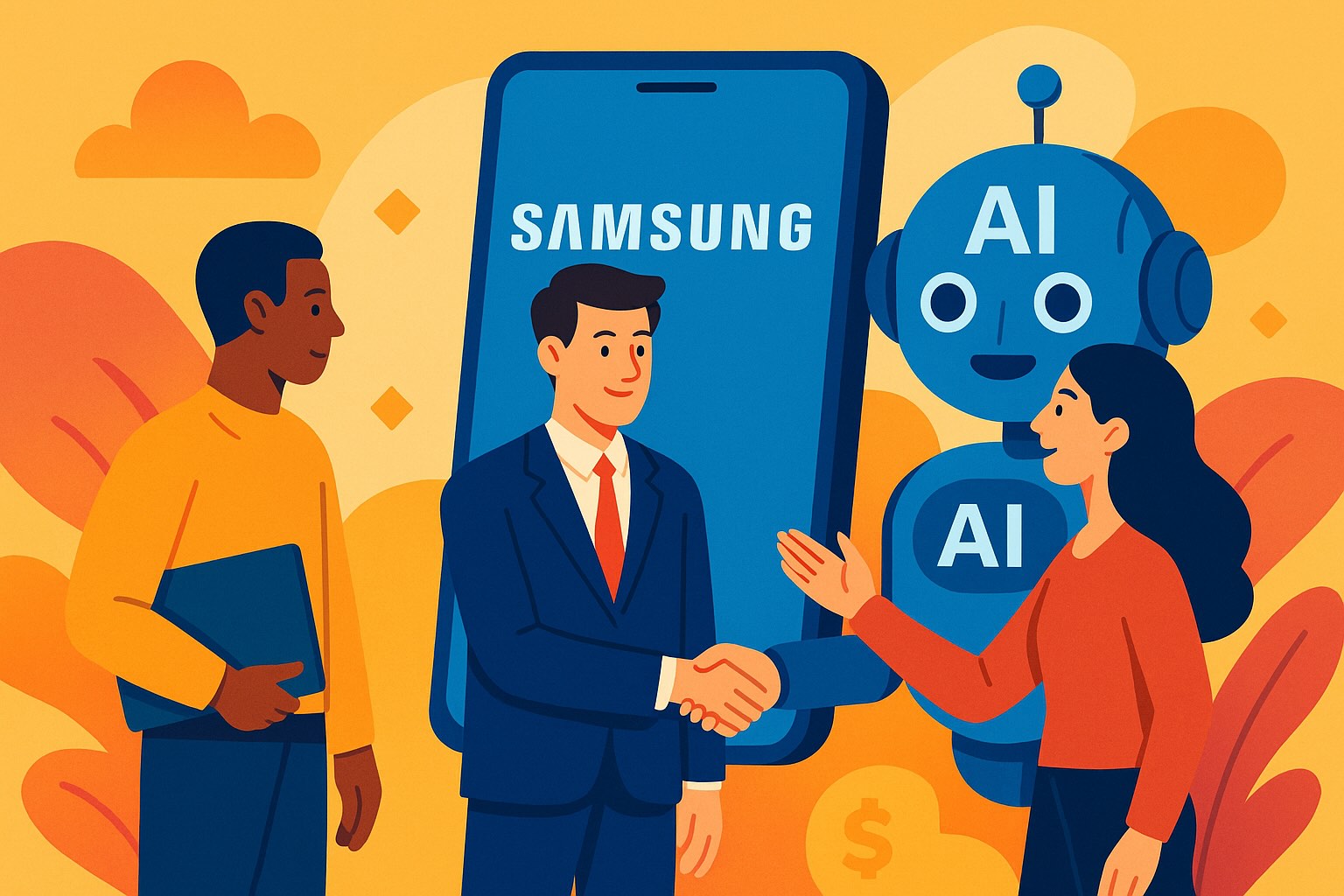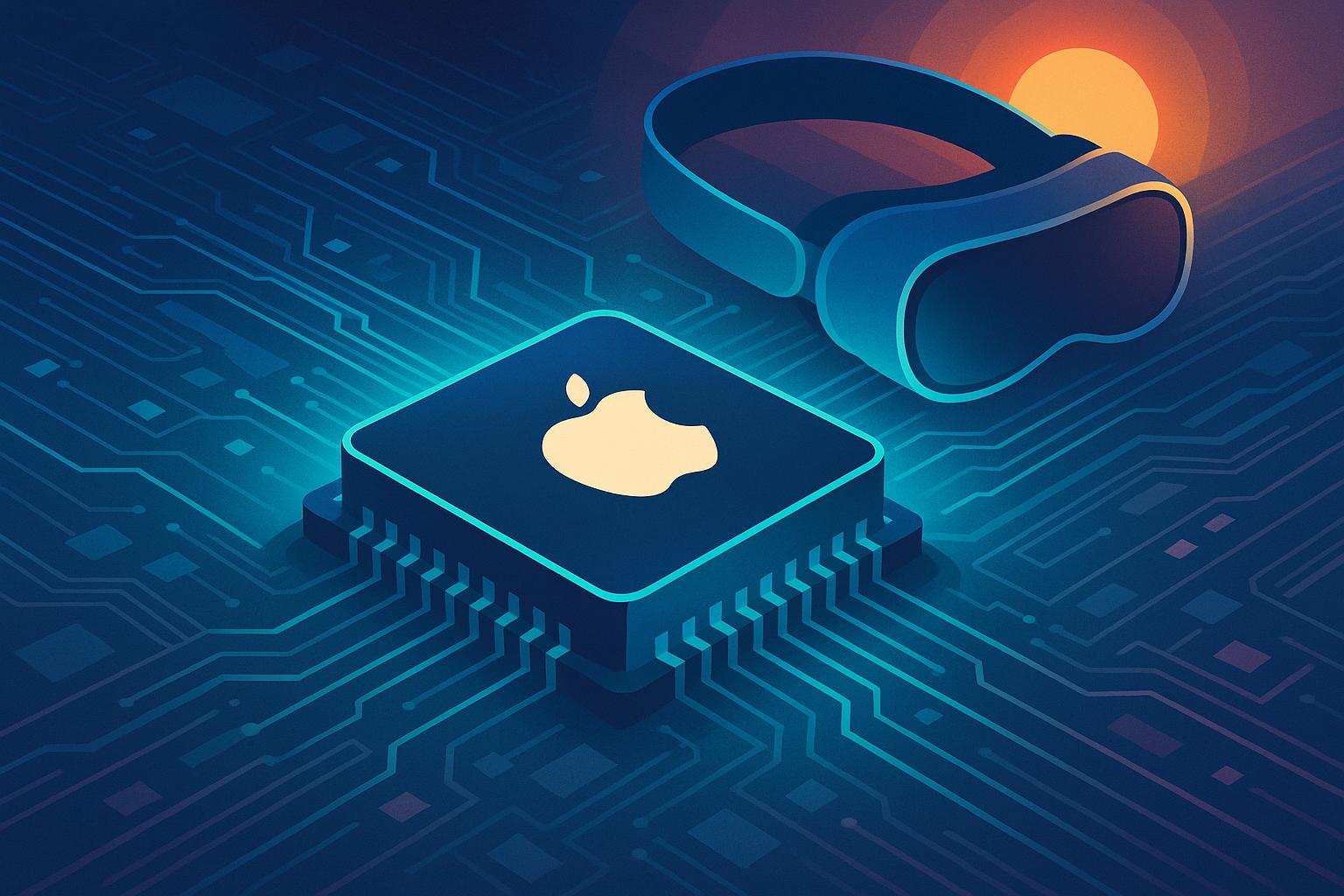Visit Our websites

ChatGPT’s Enhanced Memory: What You Need to Know
If you’ve ever wondered how ChatGPT can carry on a conversation or remember your preferences, “ChatGPT’s Enhanced Memory: What You Need to Know” is your must-read guide. As artificial intelligence becomes more personal, users are asking questions about how much AI knows—and retains—about them. Attention is quickly turning to the latest update in ChatGPT, which introduces a new memory system designed to make interactions feel more natural. Interest in this capability is rising due to both its benefits and concerns. Desire for a smarter, more intuitive assistant comes hand in hand with awareness about privacy. Action is vital—understanding what this feature means can help users better decide how to interact with AI tools moving forward.
Also Read: ChatGPT Introduces Memory for Conversations
How ChatGPT’s Memory Feature Works
The newly introduced memory system allows ChatGPT to remember information between conversations. Instead of being a blank slate every time a user opens a new chat, ChatGPT can now retain details like your name, your writing style, preferred tone, and actual context from past chats. This updated system is slowly rolling out across ChatGPT users with complete functionality expected by mid-2024.
The memory is not hidden. When it is activated, users will see notifications from ChatGPT like “I’m remembering that you prefer concise explanations” or “I’ve learned that you go by Sarah.” These notices let users know that the AI has stored the information for future interactions. Users can also access and manage what ChatGPT remembers about them through the settings panel, giving them a measure of control over the process.
When Personalization Meets Performance
Personalization is at the heart of ChatGPT’s expanded memory feature. People naturally expect their assistant—be it a search engine, chatbot, or voice assistant—to become smarter over time. By gaining the ability to reference previous interactions, ChatGPT can now help users in a more seamless, efficient way.
Users working on long-term projects, such as a novel or academic research, will see real benefits. ChatGPT can remember important facts or previously established goals, which eliminates the need to re-explain the context every session. Business professionals who use the chatbot for coding, brainstorming, or workflow optimization will also find the AI more aligned with their ongoing needs.
Beyond plain convenience, bringing memory into the loop means ChatGPT can mimic deeper reasoning. It can infer intent, align answers with user preferences, and support a more consistent tone, enhancing overall conversation quality.
Also Read: Google’s Gemini AI Introduces Memory Feature
Understanding the Risks and Privacy Concerns
Even with its usefulness, the memory update invites important questions around ethics and privacy. One of the primary concerns is how long this information is stored and how securely it is protected. OpenAI has clarified that users can delete individual memories or turn the feature off entirely. Still, the thought of information being remembered by an AI tool—even one with good intentions—can feel invasive.
Transparency is essential in addressing those fears. OpenAI has included visible memory settings so users can view, modify, or erase stored information. While this gives a layer of control, users are still advised to avoid sharing sensitive or personal data with chatbots that are connected to external servers.
There’s also the broader concern of data misuse. Although OpenAI confirms that memory is only used to improve user experience and isn’t sold to third parties, the reality of how AI models train on user data remains a grey area. It’s sensible for users to treat AI tools like ChatGPT with caution, especially when it comes to sharing personal, financial, or health information.
The Difference Between Temporary Context and Persistent Memory
It’s important to distinguish between temporary context—which exists only during a single session—and persistent memory. Temporary context allows ChatGPT to remember things you say during a single conversation, but that information disappears as soon as the chat ends. Persistent memory holds selected elements across multiple interactions.
For instance, if you tell ChatGPT in April that your preferred meeting times are mornings, it might bring that up again in June if memory is on. This kind of data continuity enables a more customized AI assistant but also raises flags about who ultimately owns or controls this user data.
Also Read: OpenAI Enhances ChatGPT with Voice Search
Managing Your Memory Settings
OpenAI’s method of rolling out memory settings puts the power into users’ hands. From the settings menu under “Personalization” or “Memory,” users can turn memory off entirely or prune specific facts that ChatGPT has stored. Each memory includes a prompt history and a reason why ChatGPT remembered that fact in the first place.
If users choose to disable memory, ChatGPT goes back to its original mode—offering responses based only on the current chat. This ensures that nothing from past conversations carries forward. This control feature isn’t just a UX detail—it’s a major part of how OpenAI balances innovation with ethical AI use.
Comparing ChatGPT Memory to Competitors
ChatGPT is not the first AI tool aiming for contextual retention, but its method is among the more transparent. Google’s Bard and Microsoft’s Copilot offer some level of personalization, but may not provide the same level of clarity about what personal data has been retained and how it’s used later.
ChatGPT’s model is tied closely to OpenAI’s flagship GPT-4 architecture, but not every version of ChatGPT will have memory. For instance, enterprise and developer-facing tools often have data retention policies governed by contractual agreements. The consumer-facing Plus and Team plans benefit most from this feature update due to their frequent, casual usage that thrives on continuity.
Is This Update a Step Toward Human-Like AI?
Memory marks a major evolution in AI design. It pushes ChatGPT from being just a reactive tool to becoming a proactive assistant. Retaining user-specified knowledge creates a looping system of learning and refinement. While this is nowhere near human consciousness, it mirrors a trait we typically associate with intelligent beings: learning over time.
This change may help ChatGPT bridge the gap between static assistants and dynamic collaborators. From customer service automation to education and research, AI’s role will likely expand as people feel more comfortable with memory-based responsiveness.
Also Read: Unlocking Near-Infinite Memory for Generative AI
Should You Be Concerned or Embrace the Feature?
The answer depends on how you use AI and what risks you’re willing to accept. If you prefer high personalization and use ChatGPT for complex, ongoing conversations, turning memory on will improve your experience significantly. On the other hand, if you’re cautious about data privacy or only use ChatGPT for single-use tasks, disabling memory is a prudent choice.
Either way, understanding how it works lets you make an informed decision. Awareness leads to trust, and trust in AI depends on both transparency from developers and smart choices by users.
Conclusion
ChatGPT’s enhanced memory adds richness to how AI tools interact with humans. With the ability to remember context, preferences, and histories, ChatGPT is evolving toward a smarter digital partner. While issues around data storage and privacy must be taken seriously, OpenAI’s memory controls show an effort to balance innovation with ethical design.
As use of AI increases in daily life, understanding features like memory will be essential. Knowing how to manage, apply, and if needed, disable any data retention gives users a clear edge. Whether you’re a casual user or someone who relies on ChatGPT professionally, having control over your AI’s memory is now a key part of the experience.
References
Parker, Prof. Philip M., Ph.D. The 2025-2030 World Outlook for artificial intelligence in Healthcare. INSEAD, 3 Mar. 2024.
Khang, Alex, editor. AI-Driven Innovations in Digital Healthcare: Emerging Trends, Challenges, and Applications. IGI Global, 9 Feb. 2024.
Singla, Babita, et al., editors. Revolutionizing the Healthcare Sector with AI. IGI Global, 26 July 2024.
Topol, Eric J. Deep Medicine: How artificial intelligence Can Make Healthcare Human Again. Basic Books, 2019.
Nelson, John W., editor, et al. Using Predictive Analytics to Improve Healthcare Outcomes. 1st ed., Apress, 2021.
Subbhuraam, Vinithasree. Predictive Analytics in Healthcare, Volume 1: Transforming the Future of Medicine. 1st ed., Institute of Physics Publishing, 2021.
Kumar, Abhishek, et al., editors. Evolving Predictive Analytics in Healthcare: New AI Techniques for Real-Time Interventions. The Institution of Engineering and Technology, 2022.
Tetteh, Hassan A. Smarter Healthcare with AI: Harnessing Military Medicine to Revolutionize Healthcare for Everyone, Everywhere. ForbesBooks, 12 Nov. 2024.
Lawry, Tom. AI in Health: A Leader’s Guide to Winning in the New Age of Intelligent Health Systems. 1st ed., HIMSS, 13 Feb. 2020.
Holley, Kerrie, and Manish Mathur. LLMs and Generative AI for Healthcare: The Next Frontier. 1st ed., O’Reilly Media, 24 Sept. 2024.
Holley, Kerrie, and Siupo Becker M.D. AI-First Healthcare: AI Applications in the Business and Clinical Management of Health. 1st ed., O’Reilly Media, 25 May 2021.
BONUS LINK VISIT NOW
Visit Our websites



